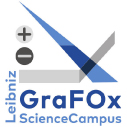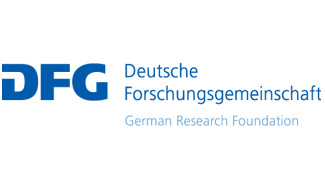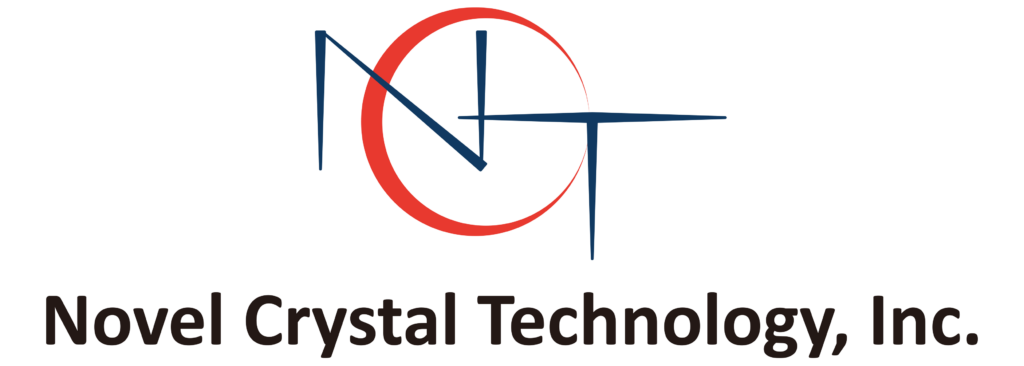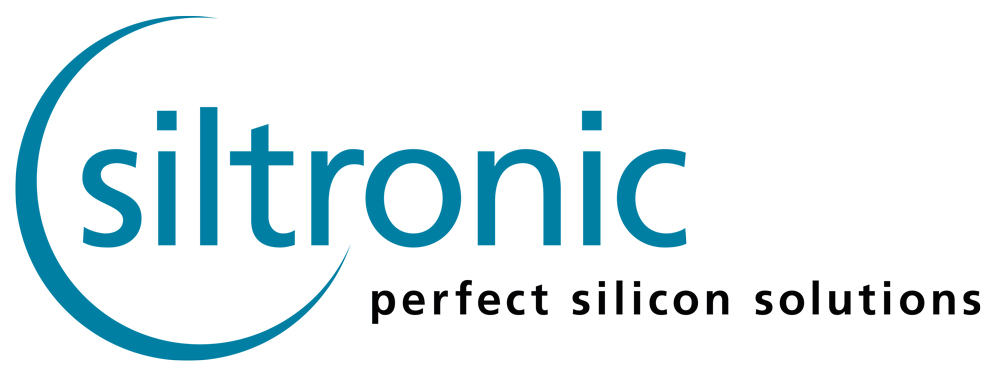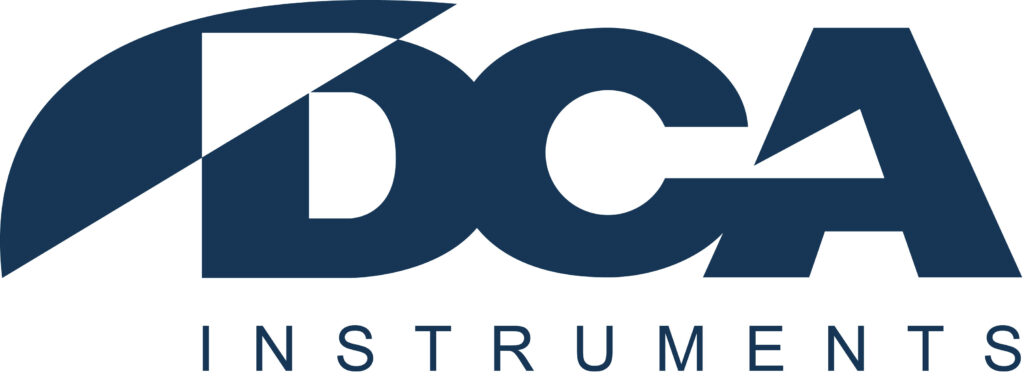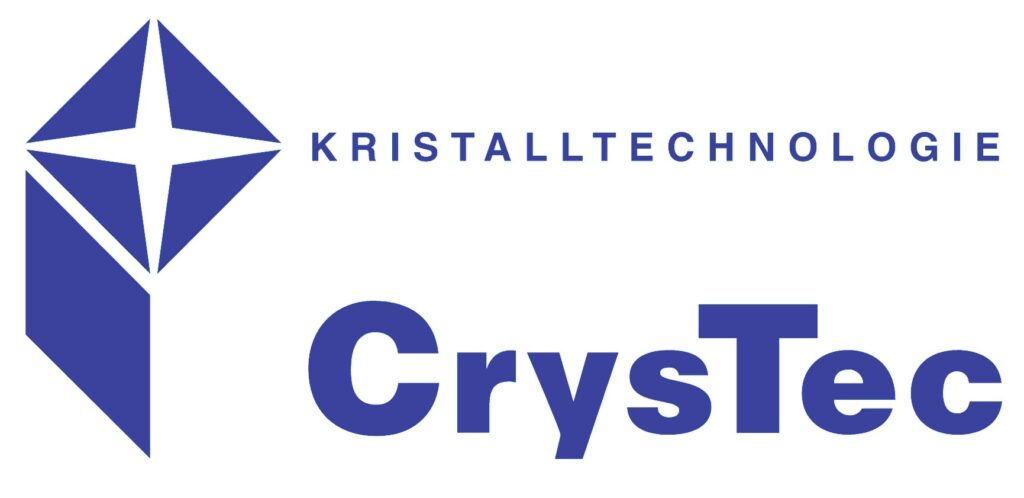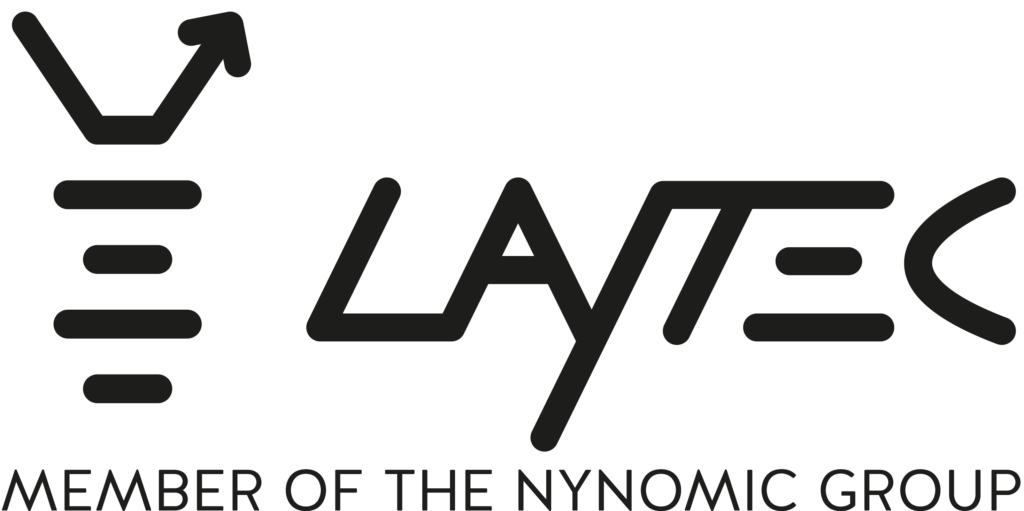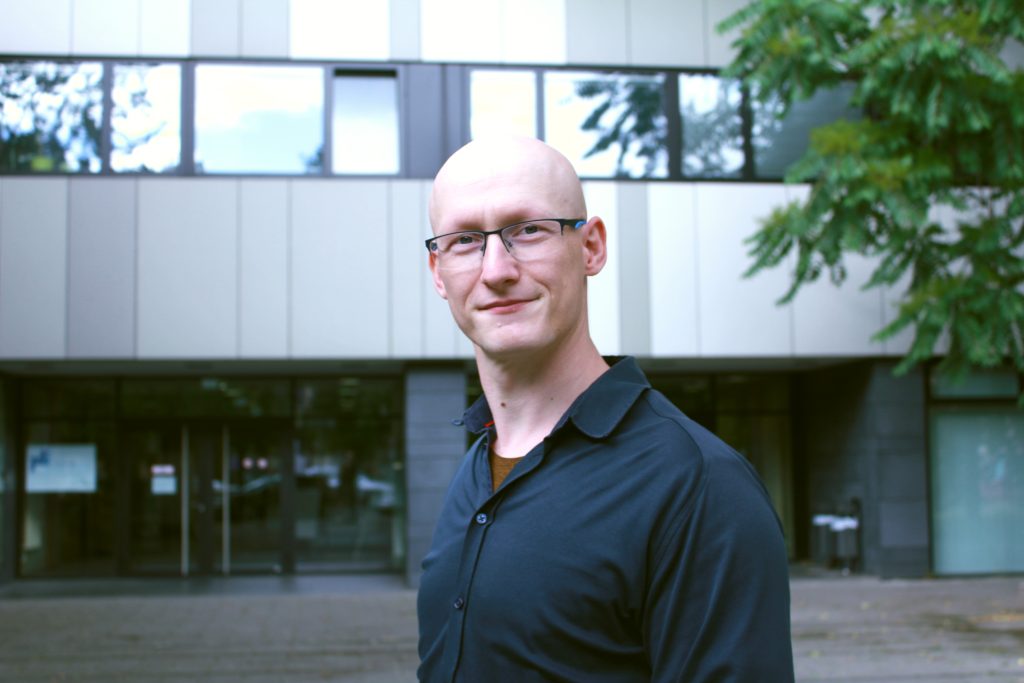
Dr. Georg Hoffmann was a PhD student at the Paul-Drude-Institut für Festkörperelektronik. In May 2023, he successfully defended his thesis, titled: ‘Polarization-discontinuity-doped two-dimensional electron gas in BaSnO3/LaInO3 heterostructures grown by plasma-assisted molecular beam epitaxy’. Here, Georg shares his insights into working on the GraFOx project.
Dr. Hoffmann’s scientific background lies in electrical measurements of semiconducting samples and heterostructures. During his bachelor studies, Georg investigated the electrical transport properties of superconducting [(SnSe) 1+ δ] m (NbSe2) 1 ferecrystals. In his masters study, he was looking into spintronics and spin injection in GaAs/MgO/Co2FeSi heterostructures grown at PDI. During this time, Dr. Hoffmann also visited some physics didactic lectures and gave a tutorial for 1st semester students.
How did you first hear about GraFOx?
At the end of my masters thesis I heard that there was an open PhD position for MBE growth of some new materials called BaSnO3 and LaInO3.
When I was told about the BaSnO3 project, I first thought MBE growth… that’s kind of boring. Just the heating of some cells and such, this didn’t sound too interesting to me. Fortunately, I was wrong. Today I can say that MBE growth is without a doubt really exciting, especially when growing new materials, I really like the challenge of achieving this.
Which cluster were you part of and what was the focus of your work?
I was in growth cluster G7 working with Dr. Catherine Dubourdieu.
How did you benefit from being part of the GraFOx network during your time there and after your graduation?
I benefited greatly from the network as I could easily send samples to other members without having to write proposals and ask for measurement times. Within a few weeks I had the results, that allowed me to quickly understand what was going on and which path I should choose for future experiments. GraFOx also provided the possibility to collaborate with groups that were not part of their network. In addition, the GraFOx meetings with poster sessions and presentations were a great help in sorting data from time to time.
GraFOx also helped us a lot to grasp the physics we didn’t yet understand, whether through measuring instruments or by learning from the experiences of other experts. Within the GraFOx network there are always people who have the time, the enthusiasm to support each other to get a fundamental understanding of the systems we are studying.
I had the overall impression that all members of the GraFOx network try to help each other solving problems.
What did you do after GraFOx?
I continued to work at PDI and applied for funding to realize some ideas that were inspired when I was working on the BaSnO3/LaInO3 heterostructure. I’m working in the Cluster G: Growth group, led by Oliver Bierwagen and Jutta Schwarzkopf (IKZ). My work involves the the growth of single crystalline thin films using molecular beam epitaxy. The films I grow are completely transparent but they conduct like metals. Their application can be imagined in high electron mobility transistors (high frequency application like wifi) or in non-volatile memory applications where they can help to reduce the power consumption of electronic devices.
I intend to work further on this material system I choose a few years ago. I think this system has the potential to tell a very nice story in the future and it would be great to contribute another small part to it.

